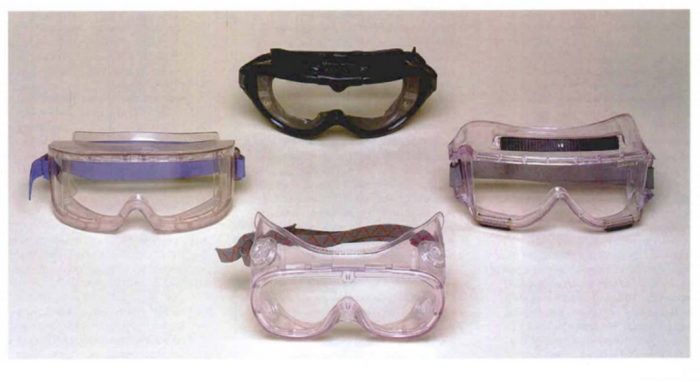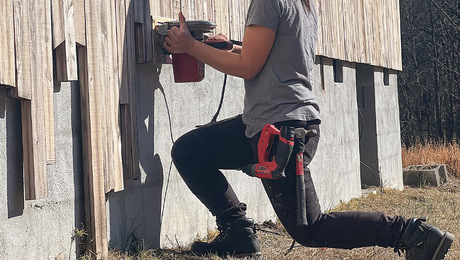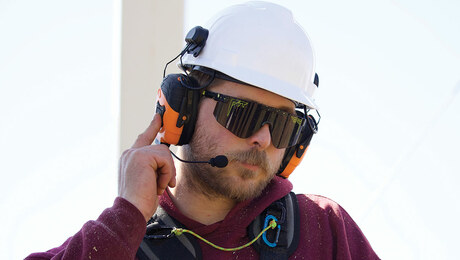Protecting Your Eyes
For $10 or less, comfortable eye wear will guard against common job-site hazards.

Synopsis: This article explains the difference between various types of safety glasses, covering lenses and frames, lens coatings, and frame styles. It includes a list of manufacturers.
Some years back I was putting my young son to bed when he reached up to hug me and inadvertently stuck his finger squarely in my right eye. The gouging pain was like nothing I’d ever felt before. Hours later, I still couldn’t hold my eye open for more than a few seconds, and early the next morning a neighbor drove me to the emergency room. A doctor pried open the eye, inspected the damage and told me the eye probably would be fine in a week or two.
It actually took more than six months for the small tear in my cornea to heal completely. In the meantime, I had plenty of time to think about all of the stupid chances I had taken with my eyes. I also heard plenty of stories from other people about eye injuries they had suffered. A builder I knew told me he’d spent six months in a dark room after injuring his eye. A cedar shingle he was prying from the side of a house popped off and hit him in the face. A nail sticking through the shingle did the damage. Other people had similar stories.
The poke in my eye caused no permanent harm, but it was fair warning. Trying to find a pair of good safety glasses, though, was virtually impossible. The selection in hardware stores, lumberyards and tool catalogs wasn’t good. What few pairs of specs they had to choose from were cheap, flimsy affairs that fit badly. I know now that I was just looking in the wrong place. A number of manufacturers do offer light, well-built safety spectacles, goggles and face shields that are comfortable to wear. A good pair of safety glasses or goggles can be had for less than $10. You can buy plain or prescription lenses, either clear or tinted. Coatings help keep lenses from fogging up or getting scratched, and most safety eye wear blocks ultraviolet (UV) light, even if the lenses are clear. Maybe best of all, manufacturers are trying to package all of these features in a pair of specs you’ll wear.
Lenses and frames should resist impact
Job sites are rife with opportunities for ruining your eyes: errant nails, broken drill bits, flying chunks of stone or concrete, sheared-off drywall nails, glues, finishes and paint strippers. The list is endless. So you don’t want a pair of goggles that can’t meet a performance standard set by the American National Standards Institute (ANSI) called ANSI Z87.1-1989 (a similar Canadian code is called CSAZ94.3).
For more photos and details on the best safety glasses, click the View PDF button below.
Fine Homebuilding Recommended Products
Fine Homebuilding receives a commission for items purchased through links on this site, including Amazon Associates and other affiliate advertising programs.

All New Kitchen Ideas that Work

Not So Big House

A Field Guide to American Houses

























